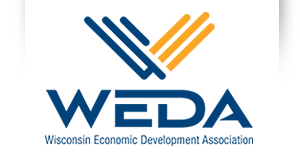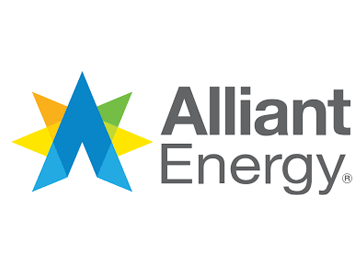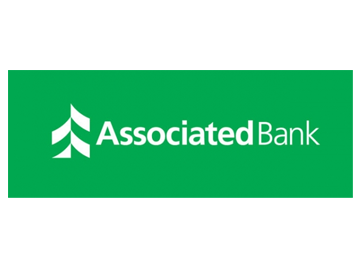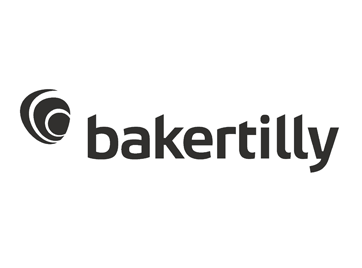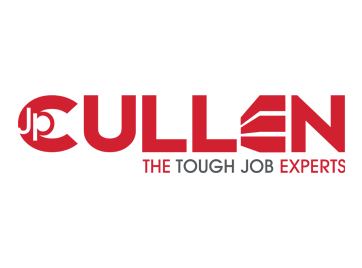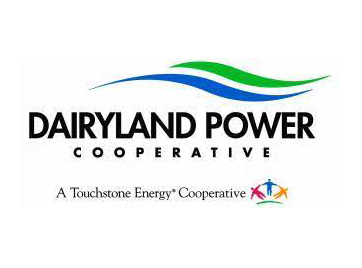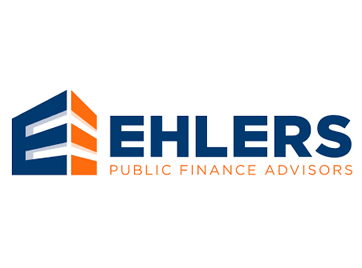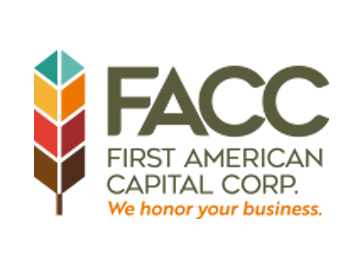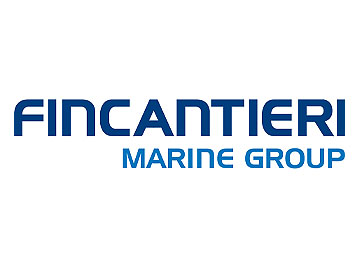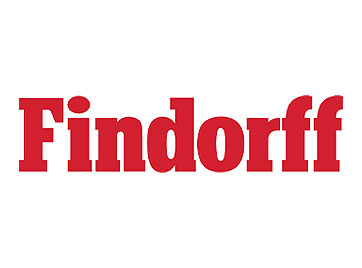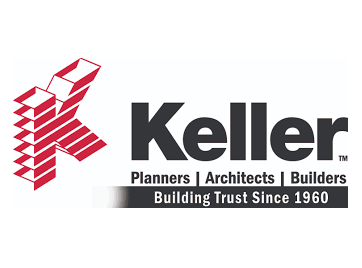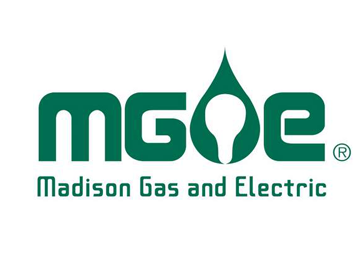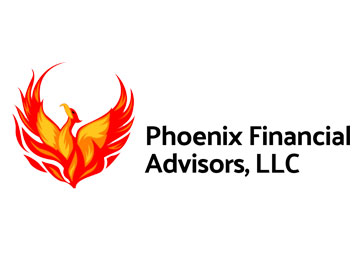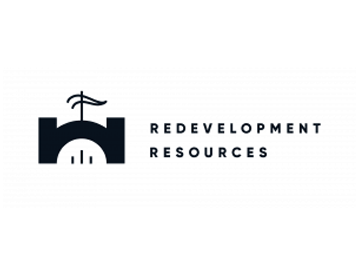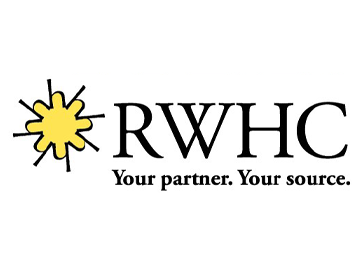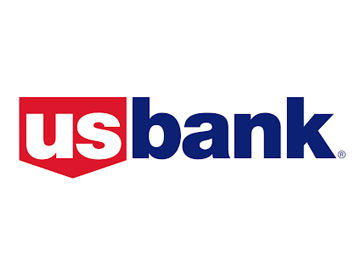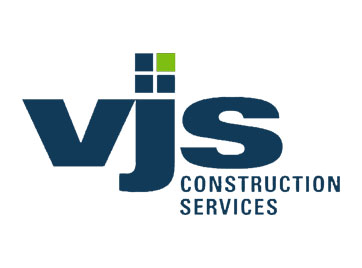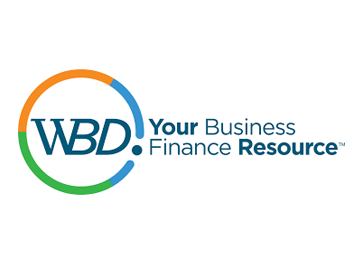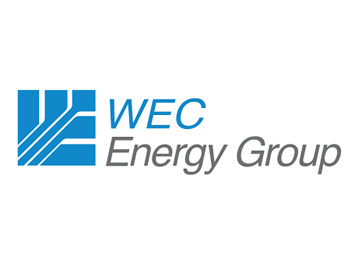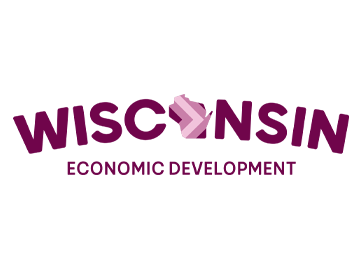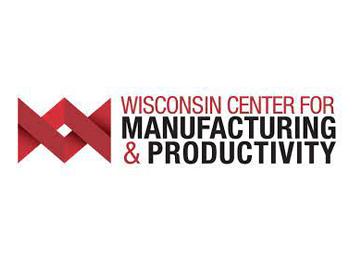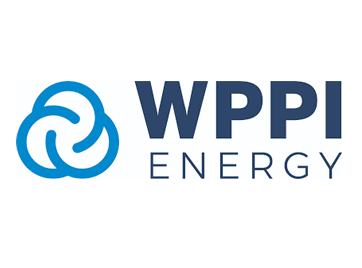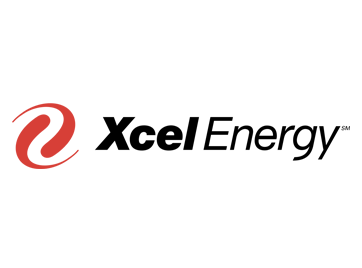Take a deep dive into the economic process of moving projects forward with J.P Cullen.
Vice President of Pre-Construction Josh Pearson discusses the challenges, and solutions to successfully push your projects, both present and future, into construction with his insight below.
Over the last year, words like ‘Inflation’ and ‘Supply Chain’ have become common in many conversations across the country – at the gas 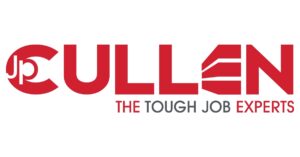 pumps, the grocery stores, and especially at the construction jobsite. While these topics may not be pleasant, the good news is that we are having these conversations. If you are planning or managing a construction project, talking with your trusted construction partner about these topics will help you navigate potential obstacles and will lead to a successful project.
pumps, the grocery stores, and especially at the construction jobsite. While these topics may not be pleasant, the good news is that we are having these conversations. If you are planning or managing a construction project, talking with your trusted construction partner about these topics will help you navigate potential obstacles and will lead to a successful project.
In this article, we will take a deep dive into this topic from the perspective of the owner. We’ll provide valuable information regarding what has happened in the construction industry over the last year, discuss our projections for the next couple years, and you will learn strategies to mitigate your own project risks.
The U.S. is continuing to see higher-than-average inflation across all sectors of the economy and nowhere is this more evident than in construction. Factors contributing to inflation include constriction of foreign production due to COVID lockdowns, foreign conflicts, congested U.S. ports, and labor shortages. As cost inflation drives prices higher and labor shortages threaten project timelines, owners look for answers on how to continue investments in construction.
Challenge #1: Inflation
Between 2009 and 2020, the cost of non-residential construction increased an average of 2.5% year-over-year, according to Engineer News Record’s Building (ENR) Cost Index. In 2021, that number jumped to 12.5%. As we near the end of 2022, the rate of inflation remains high. From January 2022 through November 2022, the rate of inflation is 9.35% and could exceed 10% overall once the figures for December are reported.
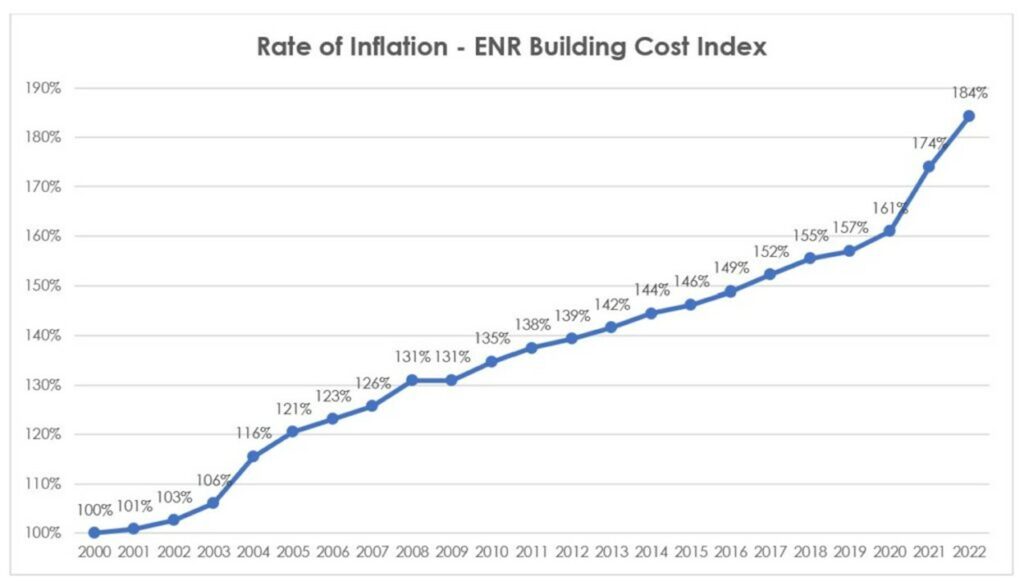
As we look ahead, we must ask ourselves “what will the recovery look like?”
Using this data, we expect construction inflation to taper off gradually year-over-year in a “plateauing” trend like that shown between 2003 and 2008 in the chart above. The reason for the prediction of a prolonged recovery is the number of factors affecting inflation in the construction industry and the varying expectations for their correction.
Experts predict that the non-residential construction market will remain strong well into 2024. Therefore, demand for materials will remain steady. While investments in the U.S. supply chain could ease supply constraints, this won’t happen overnight. Additionally, labor shortages across the U.S. will slow advancements in the U.S. supply chain and the movement of both foreign and domestic materials throughout the U.S.
If we extend the chart above, using the trend described, we expect the rates of future inflation through 2027 to be similar to the chart below.
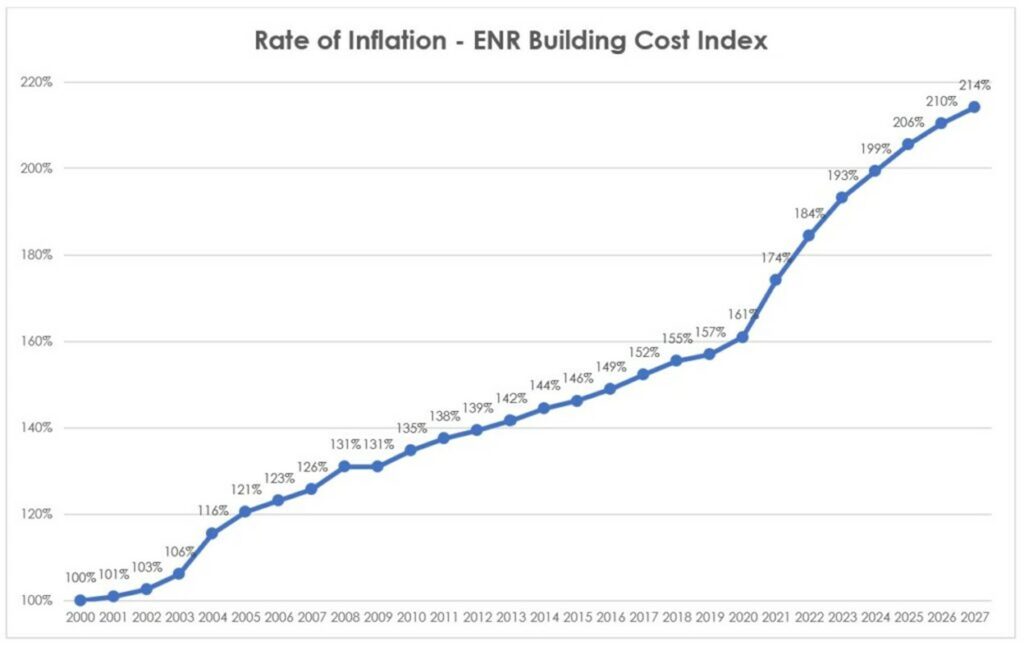
According to ENR’s 3Q 2022 Cost Report, we are seeing a decreasing or flattened rate of inflation in lumber and steel costs, while cement continues to rise at a higher-than-average rate. This is encouraging for future inflation, but we have not yet seen enough data to determine if this represents a trend. For comparison, we saw a similar flattening in the second half of 2021, followed by a sharp increase in January 2022.
While we may continue to see encouraging signs of slowing inflation, we must keep in mind that construction cost is a composite of materials and labor, and reduction in a single factor may not result in overall reductions to the total project cost. For example, labor rates in all markets are seeing a larger than normal increase over the past year as a delayed reaction to economic inflation. This increase in labor rates will counteract some of the reduction to materials costs that we’re experiencing in the construction industry.
History is a great example of this lesson. Using ENR’s Building Cost Index dating back to 1939 (chart below), there has never been a reduction in the overall Building Cost Index, even after periods of hyperinflation like we’re seeing today.
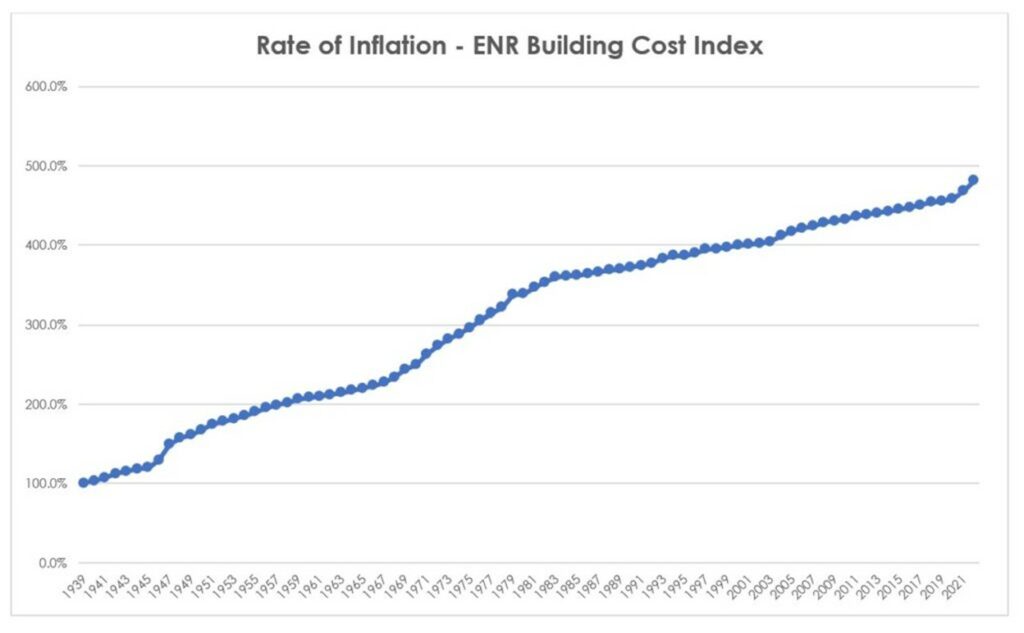
It seems like Inflation is inevitable – What are my options?
There are a few things that all owner’s should be doing to protect themselves from rising construction costs.
Adequate Contingencies
We recommend carrying adequate contingencies for inflation. For projects not starting immediately, we’re recommending the following rates of inflation (Jan to Dec each year):
- 2023: 8.5%
- 2024: 7.6%
- 2025: 6.2%
- 2026: 5.5%
- 2027: 4.3%
Expedite Investments in Construction
We’re recommending that investments in construction be expedited, as feasible. With inflation driving up costs year-over-year, time really is money. The sooner an investment can be made, the lower the cost will be. Even if the entire project cannot be pulled ahead, you should start having conversations with your construction and design team to determine about what can be accelerated to mitigate the risk of cost increases on large expenditures – such as equipment, fixtures, precast, structural steel, elevators, etc.
Find a Trusted Construction Partner
Find yourself a trusted construction partner who can provide you with the data necessary to make educated decisions. This may include early trade partners such as mechanical, electrical, and plumbing subcontractors who can provide input on design when it matters most – early in the project before costly decisions are made.
Challenge #2: Supply Chain
The second issue currently plaguing the construction industry is supply chain. As stated throughout this blog, there are several factors to contributing to both inflation and supply chain issues. While the causes of these two issues may be similar, the prescription for how to treat them may not be the same.
Combatting inflation requires data and decision-making to ensure an adequate budget is available when you need it. Battling supply chain issues will require a much more hands-on approach.
Let’s start by discussing what we mean by “supply chain issues”.
It’s not uncommon in the construction industry for materials to take a long time to be delivered. Many of the materials we use are custom-built for your project. Take structural steel for example. From the date that a bid is received for structural steel, many things need to happen before it can be delivered to the jobsite:
- Subcontracting the steel fabricator.
- Creating a bill of materials.
- Placing an order with the steel mill.
- Mill rolling of the materials, which is based on a standard schedule by shape.
- Shipping of mill materials.
- Shop drawings and approvals.
- Fabrication of structural steel to the specifications of your project.
- Priming, painting, and/or special coatings.
Each step in the chain presents an opportunity for failure – or success if managed properly.
In the past, those long lead items were known and could be managed using tried-and-true methods. Today, we must keep our finger on the pulse of the industry to understand what may cause problems from a material availability standpoint.
As foreign shutdowns due to COVID continue, domestic labor shortages loom, and unpredictable events impact our economy (such as weather and foreign conflict), it becomes more difficult to manage the supply chain. For example, in 2021 due to weather events and domestic shutdowns, insulation products such as roofing, and siding materials were difficult to procure. Additionally, anything that required computer chips had exceedingly long lead times due to foreign shutdowns.
Today, equipment requiring computer chips are continuing to be an issue. Other electrical components such as light fixtures have also become difficult to procure. Cement shortages, labor shortages, and backlog of orders have also caused extended lead times for precast concrete. Those are just a couple examples or the issue that can cause major concerns for your project timeline.
There are so many moving parts – what can I do to make sure my project succeeds?
Managing supply chain starts when you’re planning the project. I have a couple of recommendations to help you identify potential problems during planning and how to mitigate them.
Rely on Your Construction and Design Team to Identify Potential Issues
First, as an owner, you must rely on your construction and design team to identify potential supply chain issues and provide solutions to manage them. For example, when planning the structure, ensure that your construction team has reached out to suppliers (precast, steel, reinforcing, etc.) to determine lead times and validate current costs prior to committing to a structural concept. Likewise, when choosing interior finishes such as light fixtures, the design team should be consulting with the construction team prior to providing options to the owner. This ensures that the options provided can be procured in the time required and meet the constraints of the budget, and that you can make choices that will not hinder the success of your project.
Be Flexible in Your Design Decisions
As noted above, you may be asked to explore more options for materials in the interest of being budget conscious and ensuring materials can be delivered on time. Staying flexible will allow your construction and design partners to help you make educated decisions in the best interest of your project.
Be Open to Accelerating Portions of Design & Procurement
Your construction and design team should be building a project schedule that includes material lead times. This schedule should be used to help educate you on the specific needs for early procurement. It will likely require a commitment to procure certain components of the project before design is completed. Your construction and design partners should help you navigate this process to ensure that decisions made today will fit your vision upon completion of the design and construction.
Takeaways
I know this post had a lot of information and data to digest, so here is a high-level summary. It takes a strong team to navigate the modern-day construction project – from the owner to the construction team, to the design team, and everyone in between. It all starts with finding partners you can trust to help you make these important investments in your future.
As an owner, you should expect the following things from your team to help lead your project to success:
- Provide you with real-time market data to help you make educated decisions about inflation contingencies.
- Identify opportunities to make large expenditures at the right time to minimize cost increases.
- Make design recommendations that save you money early in the project, including recommendations from other early trade partners.
- Provide big-picture design recommendations based on current material availability to avoid delays later.
- Provide you with various options for specific materials that meet the constraints of the project schedule and budget.
- Build a comprehensive schedule that identifies potential pitfalls associated with material lead times, and help you accelerate the necessary components of your project.
In our 130 years of business, JP Cullen has helped our customers navigate many decades of challenges in the construction industry. If you would like to talk with one of our construction professionals about designing a strategy that could work for your project, please feel free to reach out. You can contact me at Josh.Pearson@jpcullen.com.
